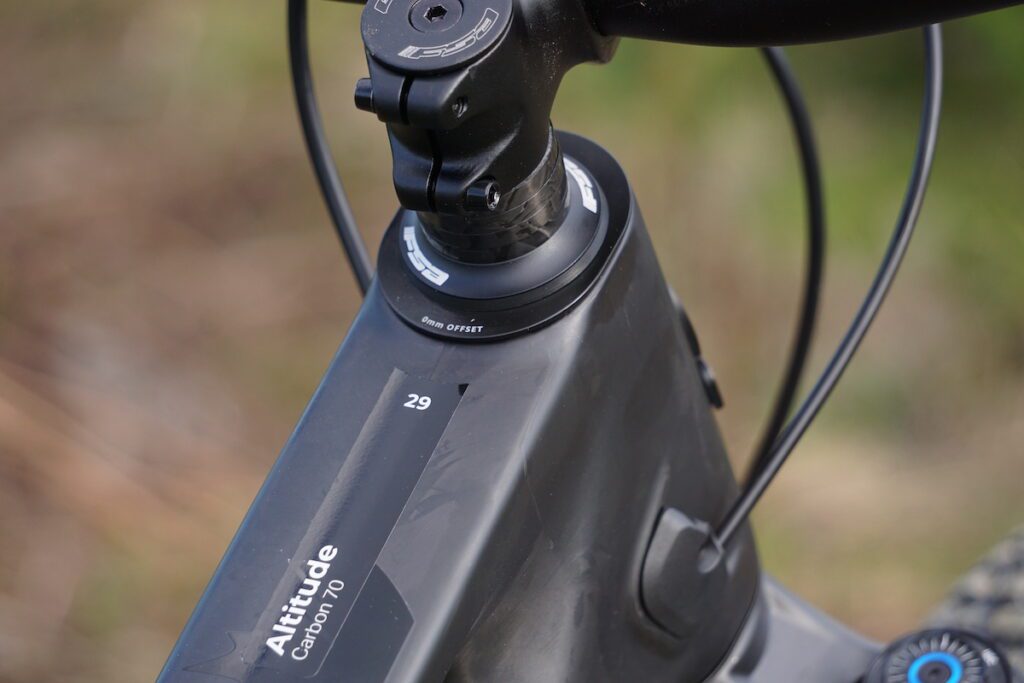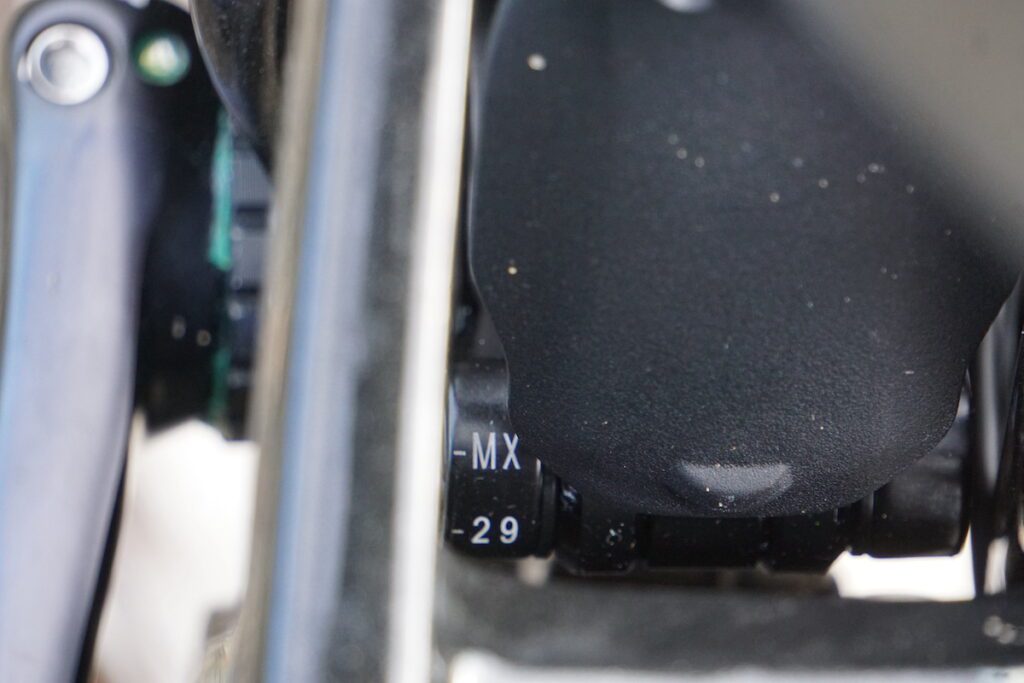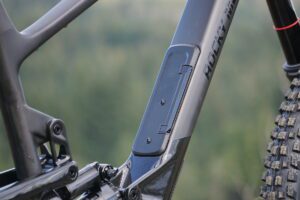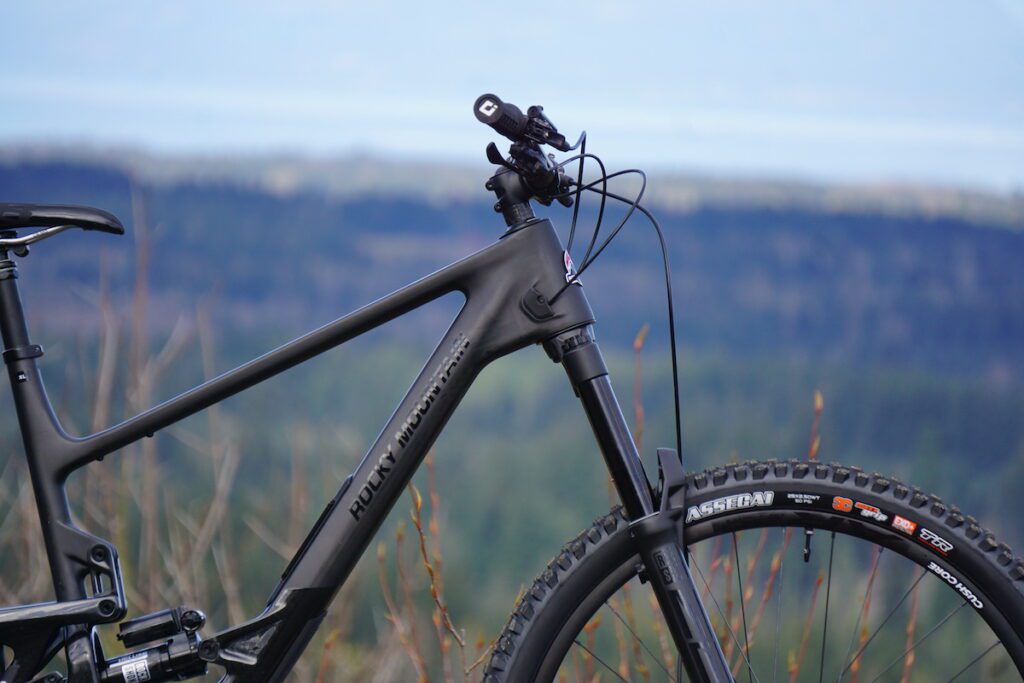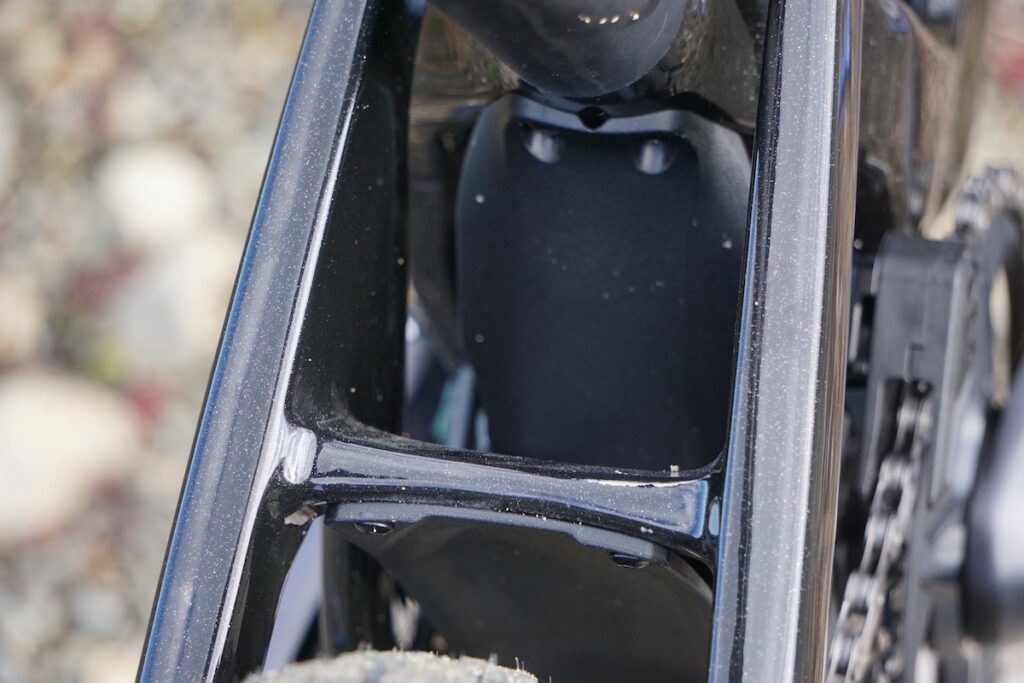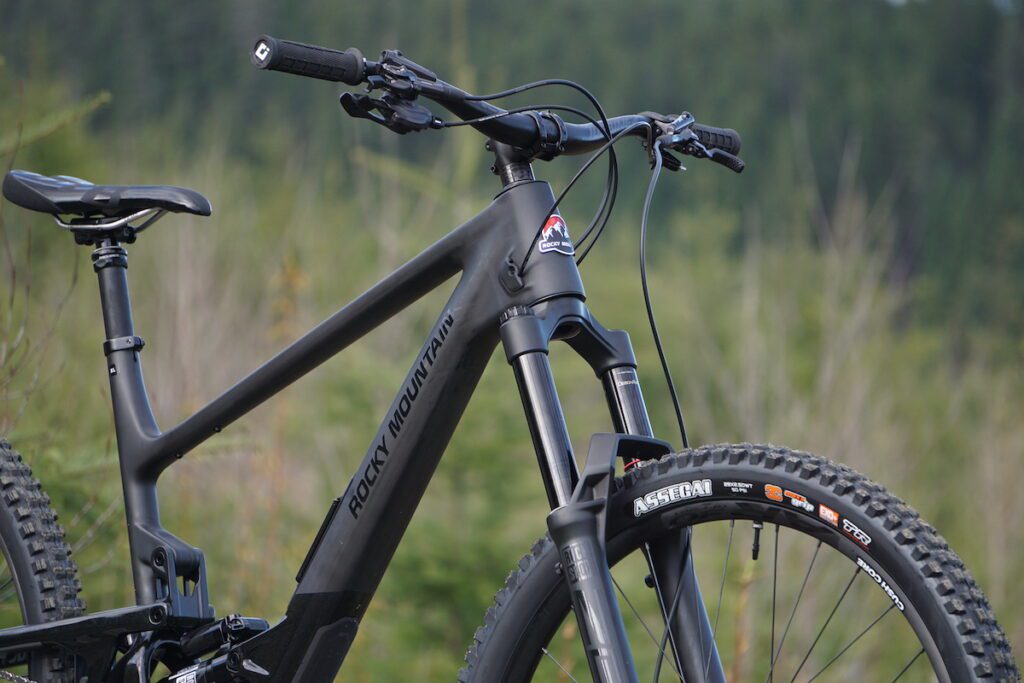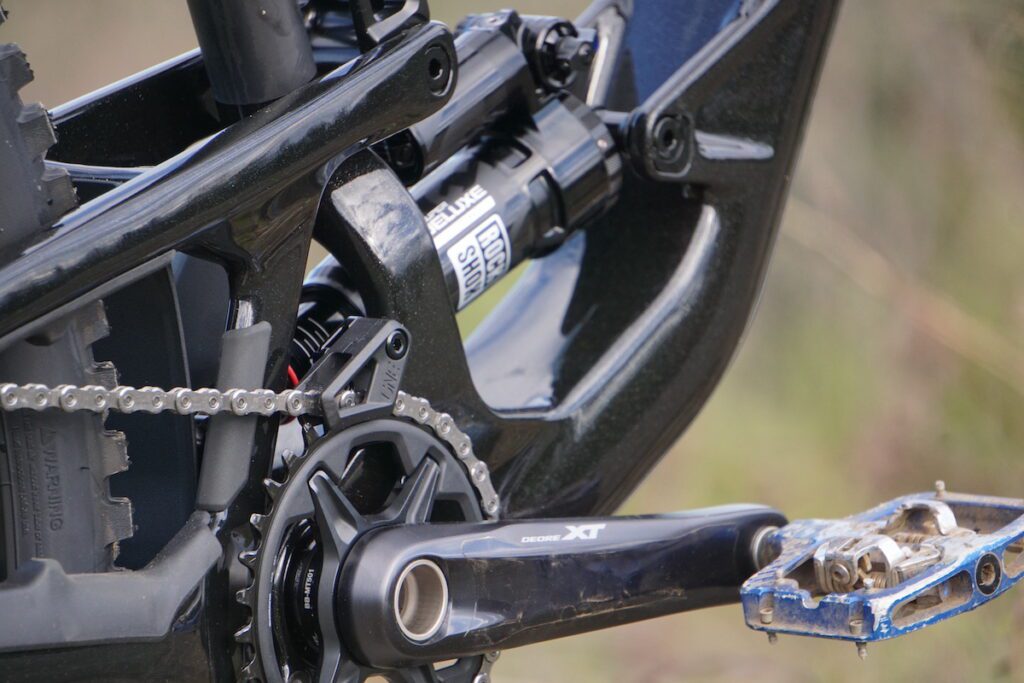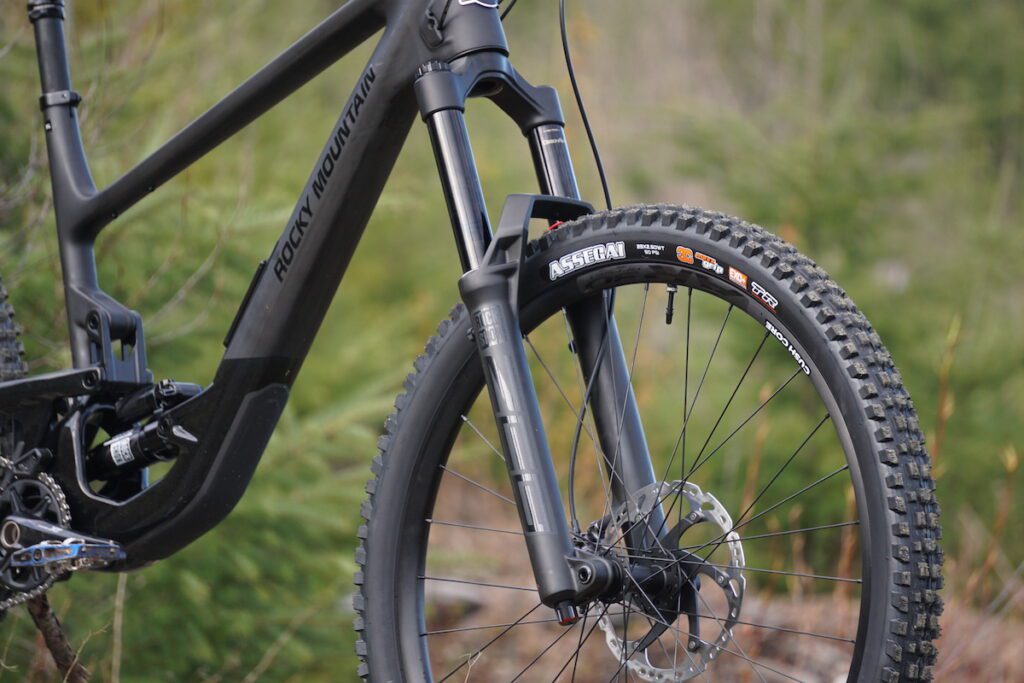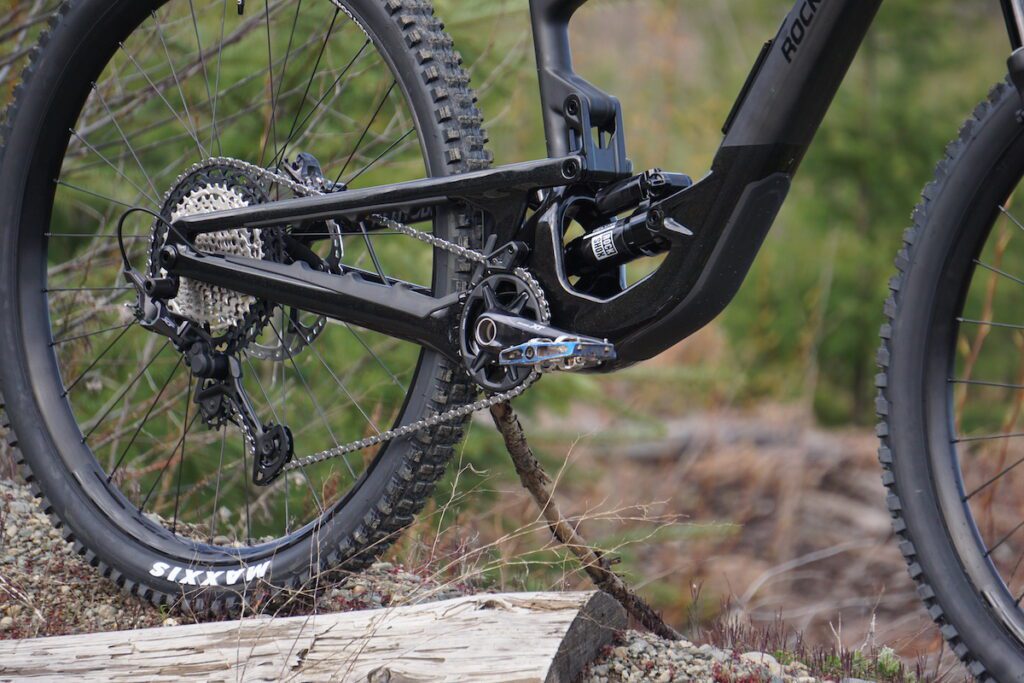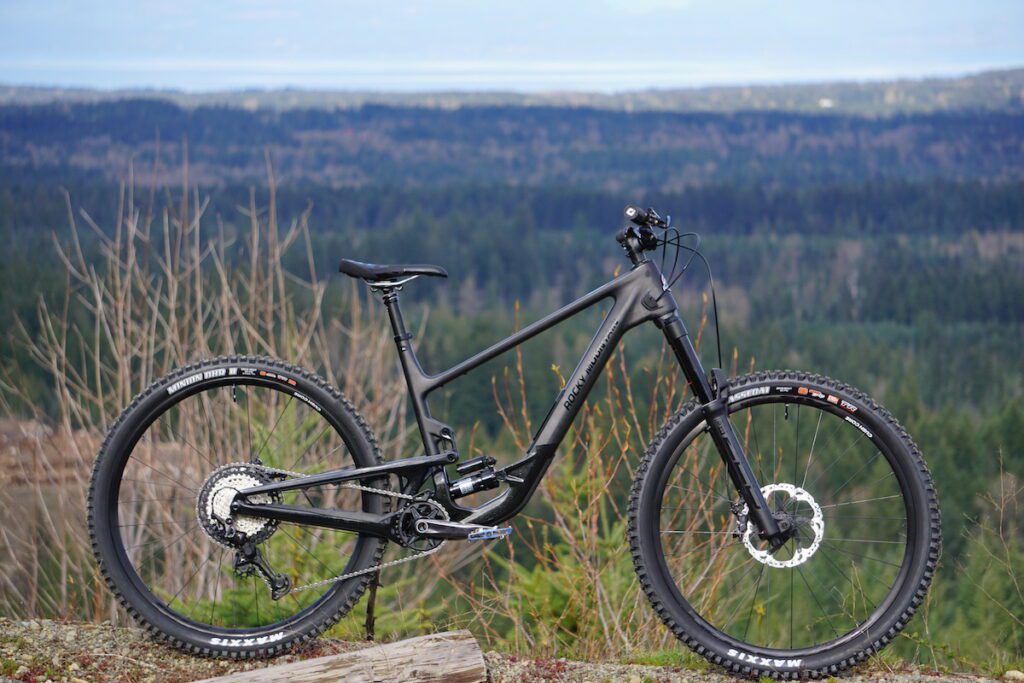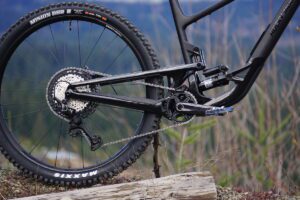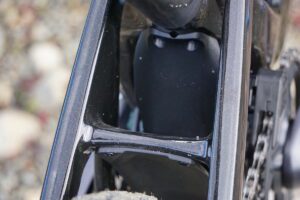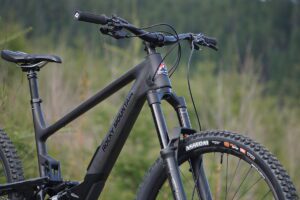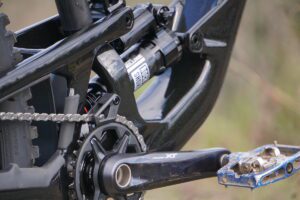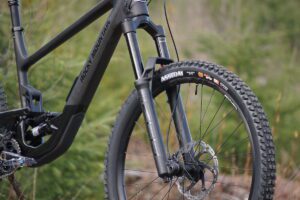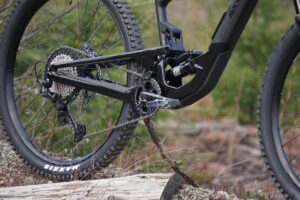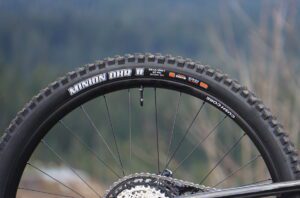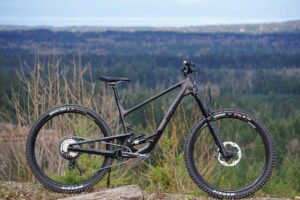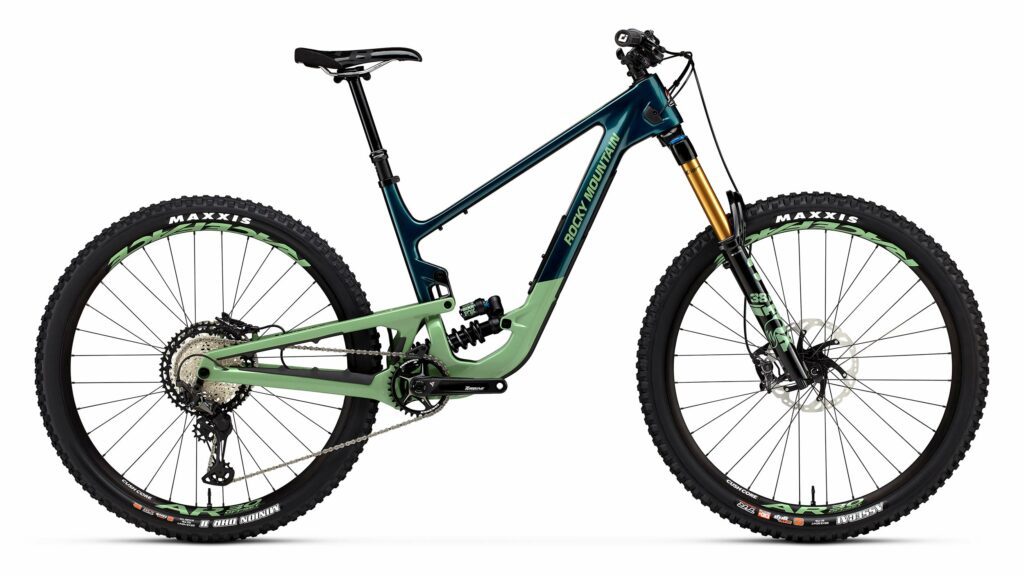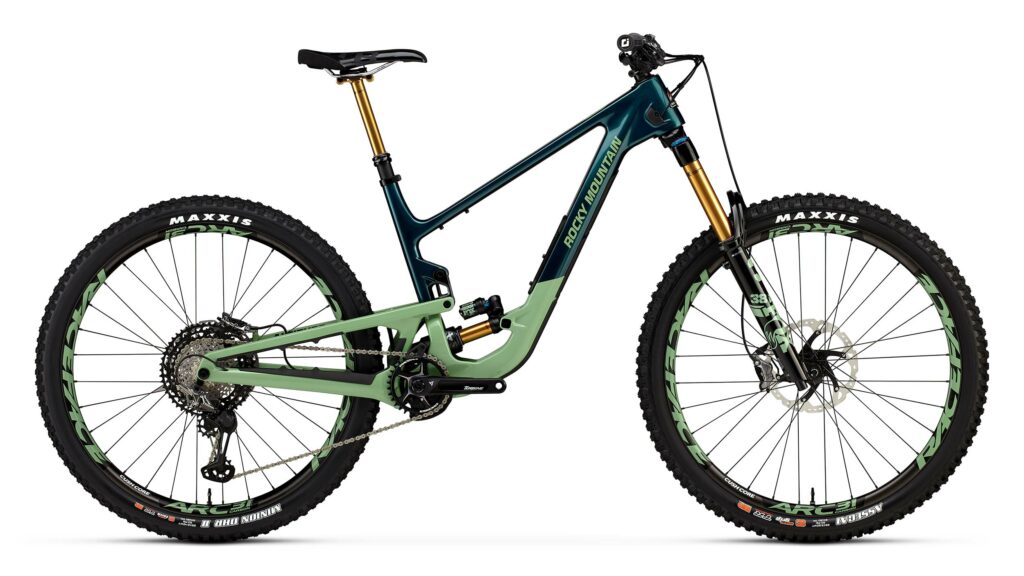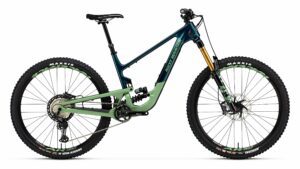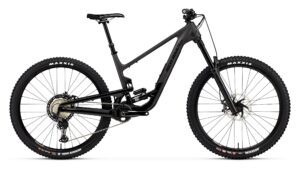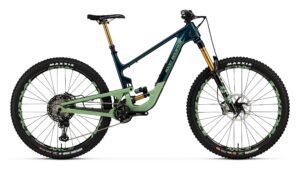First impressions: Rocky Mountain Altitude hones in on race speed
LC2R suspension revived in the service of going fast on overhauled enduro bike
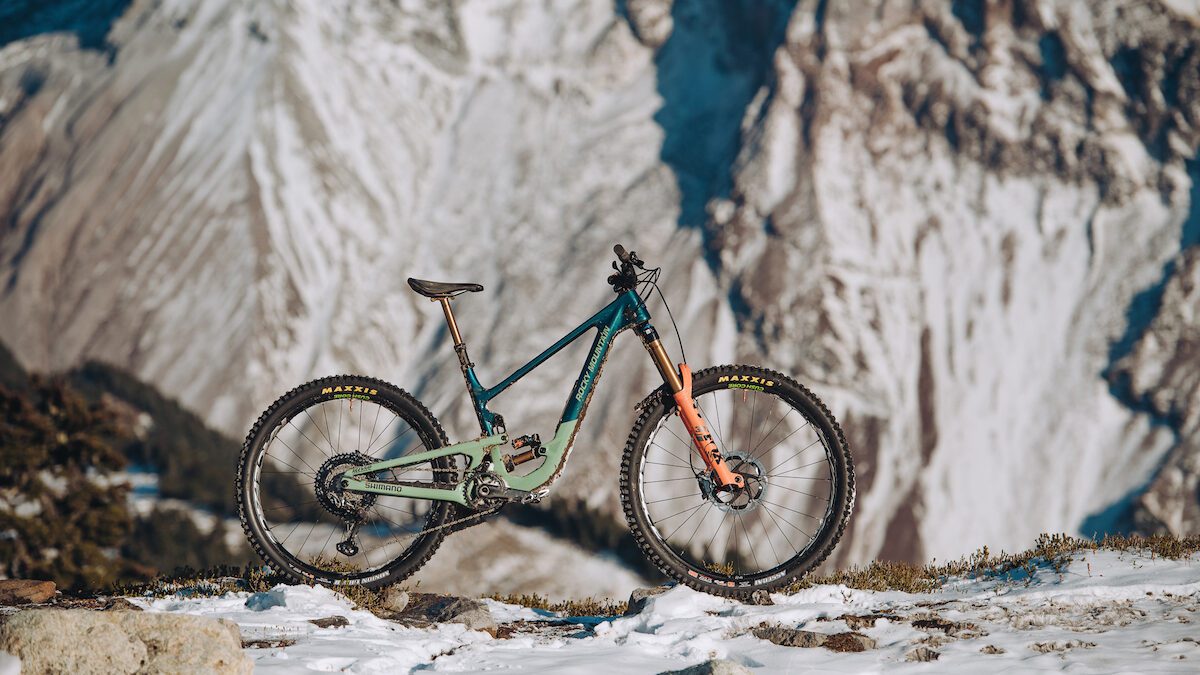
It takes a fair amount of courage to take a bike that was so recently the fastest enduro bike in the world and say, effectively, “Nah, we can do better.” And then start all over from scratch. That’s exactly what Rocky Mountain is doing with the new Altitude. While the Instinct was refined, with some important features added, the Altitude is a completely different bike. Same idea, totally new execution.
Well, not totally new. Rocky updates and repurposes its Lc2R suspension platform for the new Altitude.
So, do the big moves pay off? We’ve had just a short time one the new race rig and, honestly, we’re impressed. Read on for all the details on the 2024 Rocky Mountain Altitude and to find out what we think makes this version of the Altitude stand out

2024 Rocky Mountain Altitude
There are a lot of new things happening on the Altitude, beyond just the completely new frame shape. Rocky Mountain adds its in-frame storage, which they call a Penalty Box 2.0. There’s an independent reach adjust headset as well as the brand’s Ride-4 geometry adjustment. And, of course, the return to LC2R suspension.
Some numbers to start, though, are 160mm of rear wheel travel with 170-mm forks. Sizes medium to XL run on 29″ wheels, with the option to run 27.5″ rear wheels via a flip-chip in the linkage. Size small frames run on dual 27.5″ wheels.
Why all the changes? This makes the Altitude a much more race-focused bike. It’s designed to excel at high speeds and on steep, burly trails. Whether you’re racing against the clock or your friends, Altitude aims go get down the trail fast.

LC2R (Low Centre Counter Rotating) makes its return
The heart of the new Alttitude is the LC24 suspension design. This isn’t a new platform for Rocky Mountain. It was used before for the Slayer back in 2006, then the Slayer SS and, later, the Flatline and Flatline World Cup downhill bikes. Bringing it back for the Altitude makes a lot of sense. The old bike was, arguably, a trail bike that gradually was pulled further towards enduro racing. Enduro racing, at the same time, evolved into a more gravity-focused craft (compared to its “big day out” adventure race format where the descent was the only timed part). That makes the LC2R revival well suited to its new purpose.
Rocky’s LC2R uses a solid rear triangle that is connected to the front triangle by two linkages. As the name suggest, the whole system sits low in the frame giving the Altitude a low centre of gravity. The two linkages allow Rocky more control to tune the Altitude’s suspension kinematics quite a bit. The goal for this bike is for it to be really responsive in the initial travel and then well supported in the middle of the shock stroke. A ramp up in progression as the Altitude reaches the end of its travel prevents harsh bottom outs that can send you off-line or out of control. The system also is supposed to allow reasonably efficient pedalling without the negative impacts of pedal kickback. Having a one-piece rear triangle with short linkages also helps keep the bike laterally stiff.
Frame features and details
With the wholesale change in the Altitude frame, it’d be easy to miss some of the many changes and new features Rocky added to this bike. The Altitude is available in carbon fibre, with fully guided internal cables, or aluminum. There are three sizes of rear triangle for the four sizes, keeping the rear centre length proportional to front centre throughout the line for a consistent ride feel between sizes. Long, straight seat tubes provide plenty of room for long-travel dropper posts.
First is the Penalty Box 2.0. More than just in-frame storage, Rocky adds a hidden AirTag/Tile holder under the compartment lid. Great idea to easily add a bit of security. The bike also comes with two fabric Rocky-branded bags to organize what you shove in the frame. One for a tube or snacks, the other with pockets to organize smaller items like tools, small spare parts or tire plugs.
For geometry adjustments, there are three elements. Rocky gives the Altitude its simplified Ride-4 geometry adjustment system. This changes the geometry and shock progression via a small flip chip in the shock mount. It gives the Altitude a range from very slack (63.0-degrees) to “steep” (63.8-degrees) with two steps in between. That also changes the seat tube angle from 77-77.8-degrees, lifts or lowers the bottom bracket, and changes reach.
Next, Rocky adds its reach adjust headset. These drop in cups (for the carbon frame. Alloy frames use one press-in cup), offer three choices: Neutral (0mm), and +/-5mm short or long settings. Reach has a huge impact on fit and handling, and this allows more riders to fit the Altitude (if long or short reach doesn’t fit your body type), or to fine-tune their way to a perfect set-up. Having reach independently adjustable like this is important. Angle adjust headsets, by contrast, generally force you into shorter reach as the HTA gets slacker. That is the opposite of what a lot of riders will want.
Finally, a flip-chip in the rear linkage allows riders on M-XL frames the option to run 27.5″ rear wheels for a MX set-up. No extra linkage or extra parts are required, beyond a new wheel.
Rocky Mountain Altitude C70 Shimano
We’re testing the Carbon 70 model with a Shimano build. It rides on Rock Shox superlative Super Deluxe Ultimate shock with a Zeb Select+ fork up front, Shimano XT 12-speed drivetrain and four-piston XT Trail brakes with appropriately large 203mm to match. Race Face supplies the bulk of the parts. This includes a 200mm dropper post (designed by Fox) on our XL (size small gets 150mm, L=175mm), 780mm Turbine alloy bars. There’s also AR30 rims, though the DT Swiss 370 hub feels slightly out of place on bike in this price range. Rocky’s decision to include Cush Core XC inserts pre-installed is great.
All-in, it is a solid build that invests where spending more will have the most impact: the rear shock. The Select+ is impressive so far, too. Shimano’s XT-level remains a sweet spot where performance and price are both maximized and they still never need to be charged and require no spare batteries.
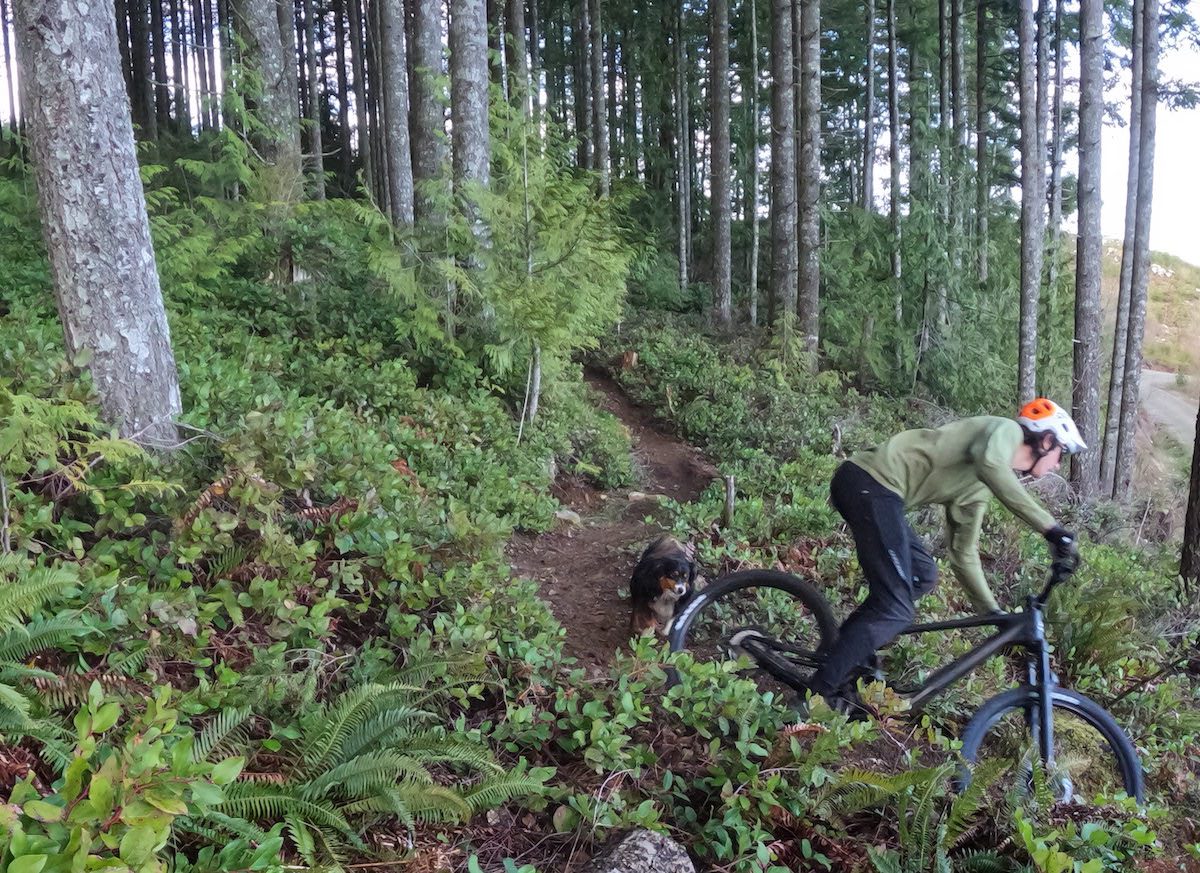
First impressions: Altitude with an attitude
As mentioned, it took some guts to throw out an EWS-winning design, one that had been through years of refinements, and start fresh. A few rides in, there’s a lot of reasons to think this is a move that pays off.
Right away, the Altitude makes it easy to feel good going fast. Some ideal Spring conditions right now might add to that effect, but first ride I felt at home enough on the Altitude that I was immediately carrying enough speed to hit some features I usually have to work up to on any given day.
There’s a few reasons for this confidence. The front end is nice and tall, making it comfortable to stay in an attacking position on the bike for long descents. With the low-slung LC2R design, though, this tall stance doesn’t feel top-heavy. Instead, the Altitude strikes a nice balance between straight-line, root and rock-eating speed and having enough control in corners and tighter tech. For a bike that, admittedly, feels kind of hefty lifting it onto a bike rack, it actually feels quite light on the trail. It doesn’t have the Uber-planted feel of some high-pivot bikes and, for a big 29-er, actually corners with some zest. Same when jamming on the pedals to get back up to speed: the bike picks-up and goes with some enthusiasm when you put in the power.

I think it will be really interesting to play with the reach adjust on the Altitude. In the neutral setting, it strikes a balance between the LC2R muting enough of the trail to go fast while still giving enough feedback to make riding engaging. Stretching the Altitude out a bit might give it more of the high-speed stability some racers will want. Enduro requires an ability to adapt to wildly different course styles and, with the Altitude becoming more of a dedicated race bike, it’s nice that Rocky’s enabled to bike to change to adapt to the course, too.
Finally, a few details that I like are the double mini-fenders to keep both the shock tunnel and the rear linkage clear of debris. Hearing rocks jangle around in carbon frames is a panic-inducing noise for many riders. With the double mini-fenders, Rocky does a lot to keep debris from wedging into sensitive and expensive parts of the bike. There’s also plenty of space for water to drain out below the shock, preventing pooling and general grossness on muddy days. Finally, and I’ve mentioned this above, but having general geometry (BB height and head angle) and reach independently adjustable is a really smart move. For fine-tuning and for fit issues.
Right out of the gates, there is a lot to like about the new Rocky Mountain Altitude. We’ll keep working through the various settings to see how much more speed we can get out of this bike and report back later.
Rocky Mountain Altitude: Pricing and availability
Rocky Mountain Altitude is available now from dealers. There’s a range of five carbon fibre builds and three alloy frame options. That includes three rear coil-shock options, while the rest float on air. All come in either mixed greens or the completely blacked-out look of our test bike. The ultra-exclusive (expensive) Flight Control-equipped Carbon 99 model, though, gets the special “She don’t use jelly” purple/black colour combo.
- Altitude Carbon 99 – $15,500
- Altitude Carbon 90 Rally – $13,000
- Altitude Carbon 70 – $8,900
- Altitude Carbon 70 coil – $9,300
- Altitude Carbon 50 – $7,300
- Altitude Carbon frameset – $5,000
- Altitude Alloy 70 coil – $7,000
- Altitude Alloy 50 – $5,600
- Altitude Alloy 30 – $4,800
See full details on all Altitude builds on Rocky Mountain’s launch page.


